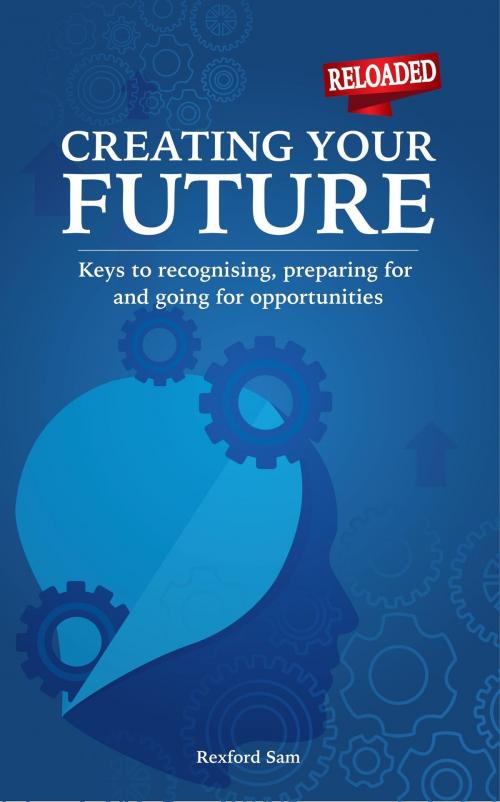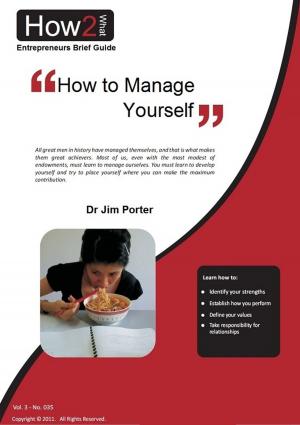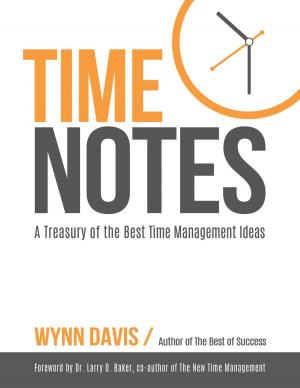Creating Your Future: Keys to Recognising, Preparing for and Going for Opportunities
Nonfiction, Health & Well Being, Self Help, Self Improvement, Success| Author: | Rexford Sam | ISBN: | 9781999936402 |
| Publisher: | Rexford Sam | Publication: | March 19, 2018 |
| Imprint: | Smashwords Edition | Language: | English |
| Author: | Rexford Sam |
| ISBN: | 9781999936402 |
| Publisher: | Rexford Sam |
| Publication: | March 19, 2018 |
| Imprint: | Smashwords Edition |
| Language: | English |
So much talk about time, but what exactly is it and why should we be concerned about it? The book opens on this subject.
In a similar vein, opportunities are often spoken about or rather the lack of them. This is not a characteristic of youth or developing countries alone, as some perceive it, but in reality, pervades society everywhere as the book will show.
No one and no organisation is devoid of opportunities. What is often the challenge is the inability to recognise when an opportunity is presented. This book explains the 3 types of opportunities, namely windows of opportunity, slivers of opportunity and doors of opportunity. In very many cases, there is also a question of timing, so a chapter is devoted to time and opportunity as a winning combination.
Oftentimes, questions are asked about how to prepare for opportunities. This book asks the bigger question of whether one is preparing for the future and follows this with a very important self-reflection exercise called the Reality-Aspiration Check. The importance of this exercise cannot be overemphasised - it will enable the reader to see any shortcomings and/or challenges in relation to their goals achievement.
The chapter on “Understanding the Need for Change” highlights areas that often need changing, including our mindset, giving a detailed characterisation of the chicken mindset, mouse mindset, crow mindset, peacock mindset, donkey mindset and the eagle mindset.
Reminiscing about a life of regret or projecting a future of gloom will only exacerbate a person or organisation’s present condition. The current situation is not permanent and certainly not too late to create a better future. This is the reassurance Chapter 9 brings under the heading “Why it is Not Too Late”.
Your actions today will determine the kind of future you create for yourself. This means doing away with time-wasting activities and avoiding or minimising contact with those who sap your productive time. Time-wasting activities are those tasks and engagements that do not add value to your life. Chapters 10 and 11 elaborate on these under the theme “Avoiding Time Wasters” and “Using Time Wisely”.
The last 5 chapters of the book focus on going for opportunities. We find “Life is a Giver of Opportunities” and very often opportunities depends on who is seeking them and explains how to use what you have to turn on the ignition for your drive through the roads of life’s opportunities. Chapter 15 explains the how of “Creating Your Opportunities” even when life does not appear to present you with any. Chapter 16 presents keys to “Winning in Life”.
So much talk about time, but what exactly is it and why should we be concerned about it? The book opens on this subject.
In a similar vein, opportunities are often spoken about or rather the lack of them. This is not a characteristic of youth or developing countries alone, as some perceive it, but in reality, pervades society everywhere as the book will show.
No one and no organisation is devoid of opportunities. What is often the challenge is the inability to recognise when an opportunity is presented. This book explains the 3 types of opportunities, namely windows of opportunity, slivers of opportunity and doors of opportunity. In very many cases, there is also a question of timing, so a chapter is devoted to time and opportunity as a winning combination.
Oftentimes, questions are asked about how to prepare for opportunities. This book asks the bigger question of whether one is preparing for the future and follows this with a very important self-reflection exercise called the Reality-Aspiration Check. The importance of this exercise cannot be overemphasised - it will enable the reader to see any shortcomings and/or challenges in relation to their goals achievement.
The chapter on “Understanding the Need for Change” highlights areas that often need changing, including our mindset, giving a detailed characterisation of the chicken mindset, mouse mindset, crow mindset, peacock mindset, donkey mindset and the eagle mindset.
Reminiscing about a life of regret or projecting a future of gloom will only exacerbate a person or organisation’s present condition. The current situation is not permanent and certainly not too late to create a better future. This is the reassurance Chapter 9 brings under the heading “Why it is Not Too Late”.
Your actions today will determine the kind of future you create for yourself. This means doing away with time-wasting activities and avoiding or minimising contact with those who sap your productive time. Time-wasting activities are those tasks and engagements that do not add value to your life. Chapters 10 and 11 elaborate on these under the theme “Avoiding Time Wasters” and “Using Time Wisely”.
The last 5 chapters of the book focus on going for opportunities. We find “Life is a Giver of Opportunities” and very often opportunities depends on who is seeking them and explains how to use what you have to turn on the ignition for your drive through the roads of life’s opportunities. Chapter 15 explains the how of “Creating Your Opportunities” even when life does not appear to present you with any. Chapter 16 presents keys to “Winning in Life”.















